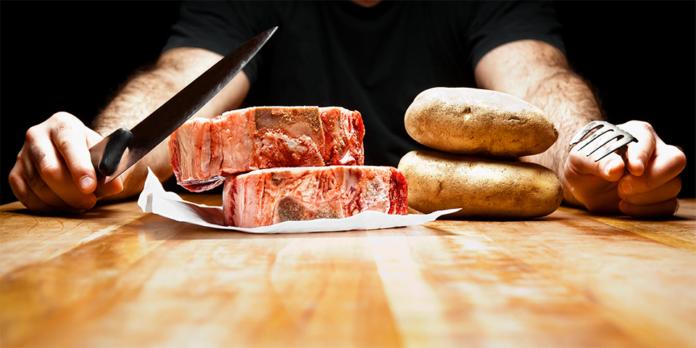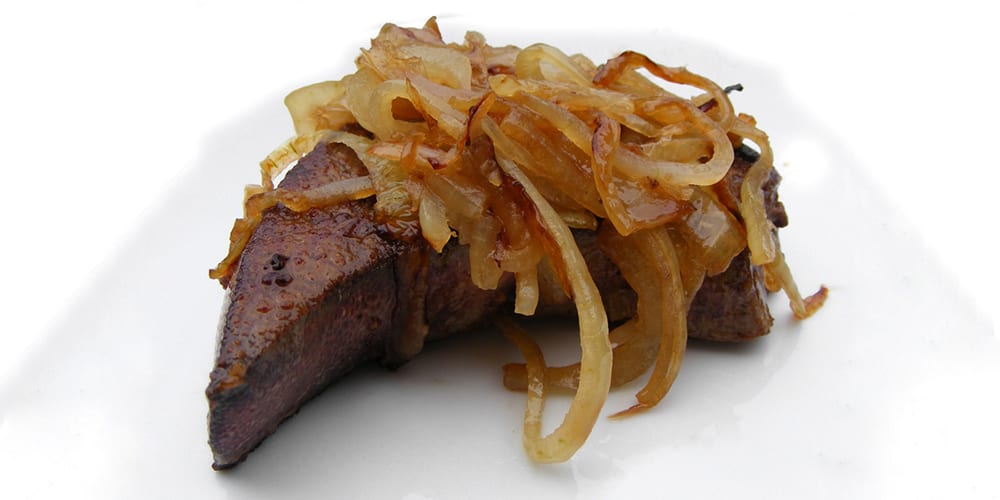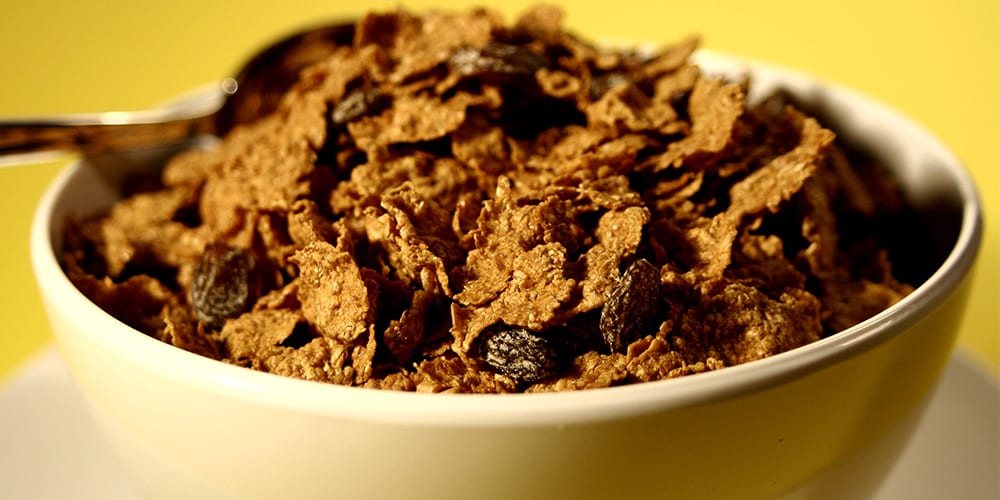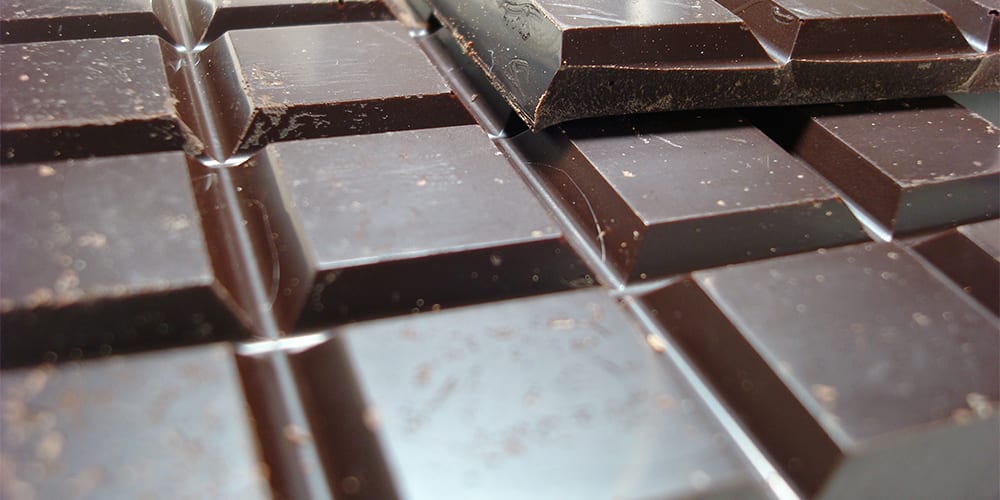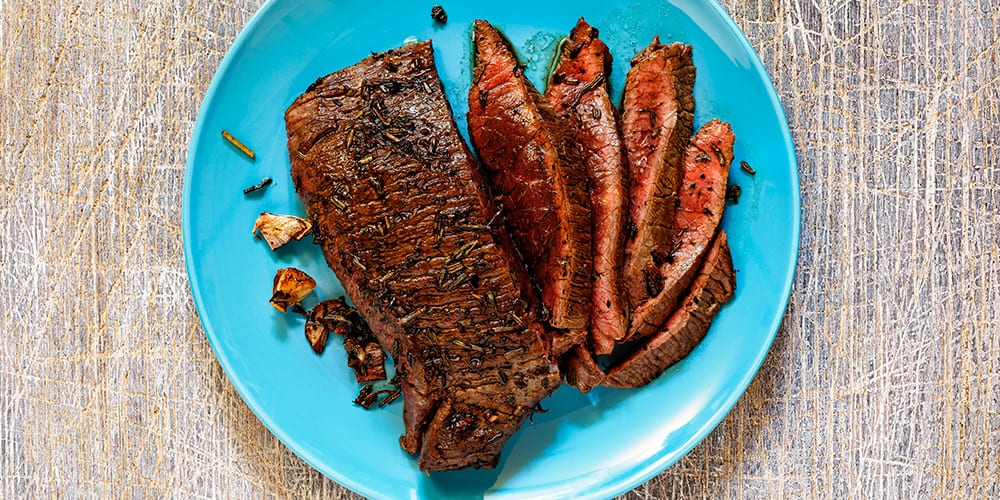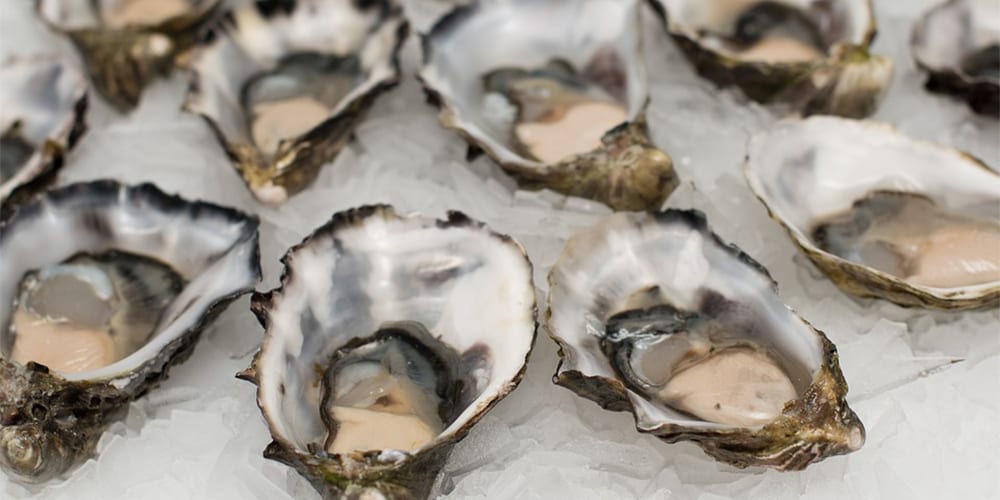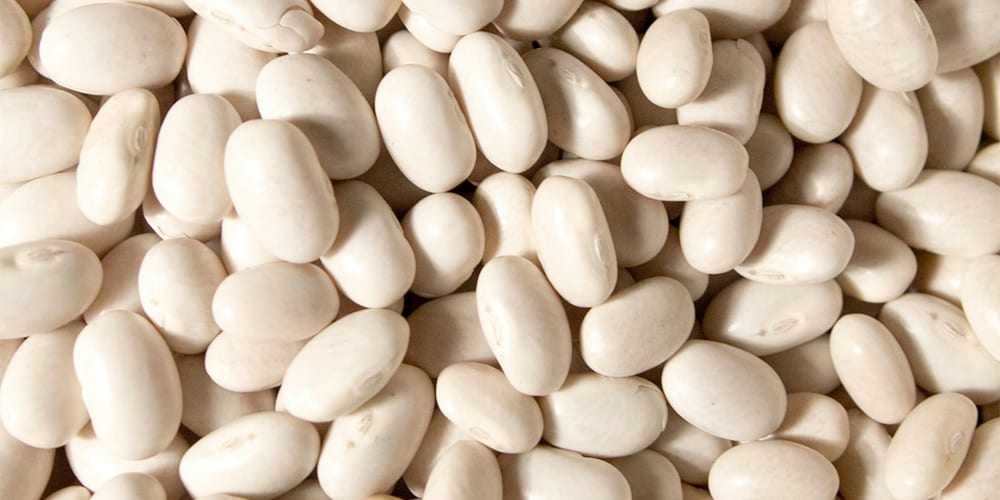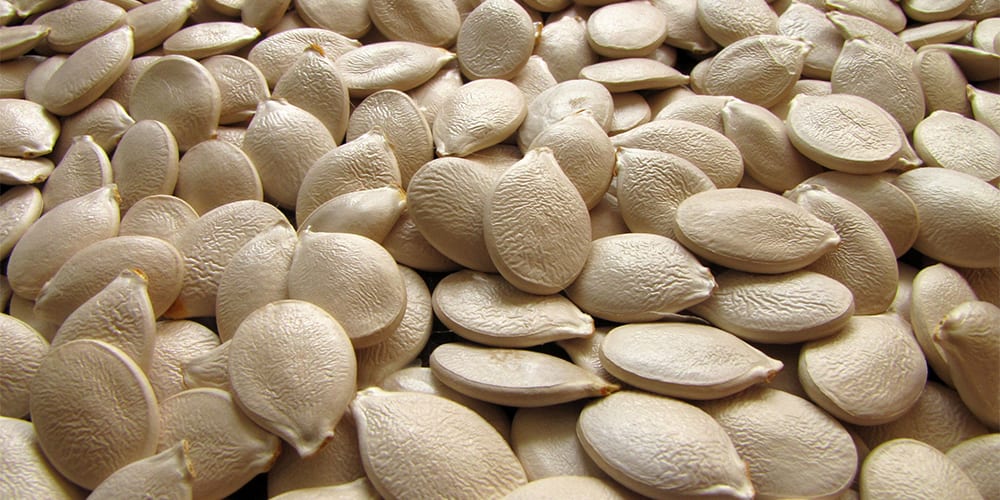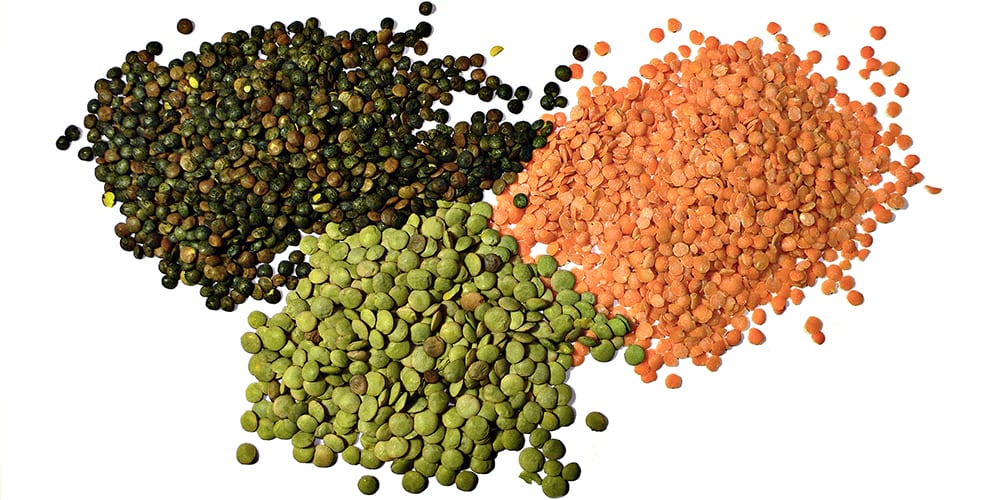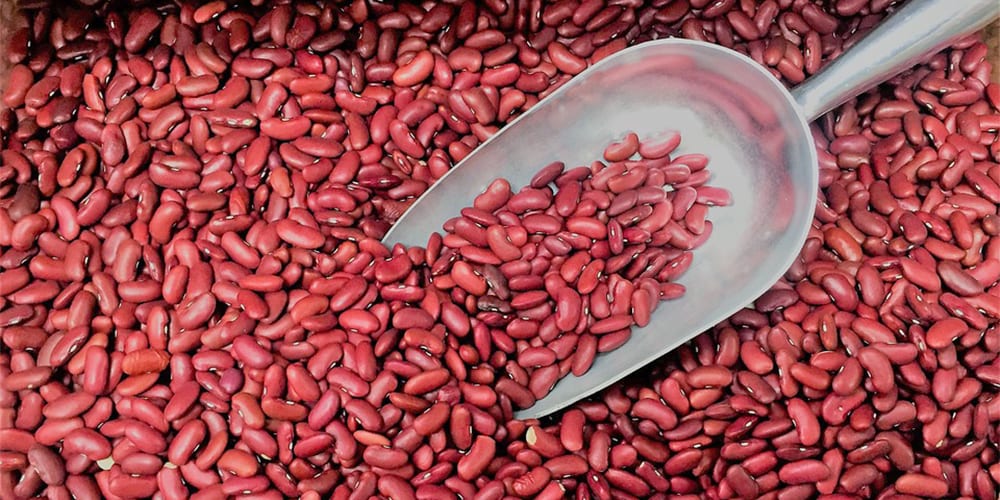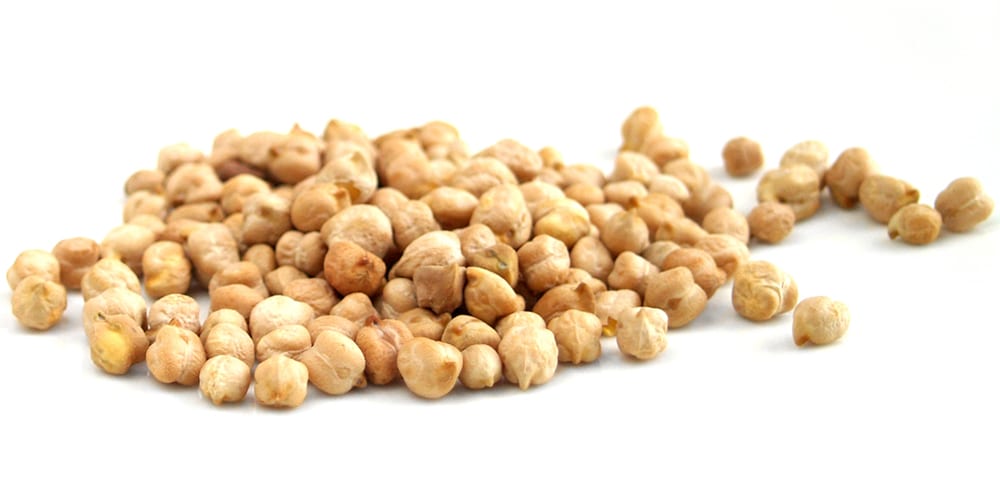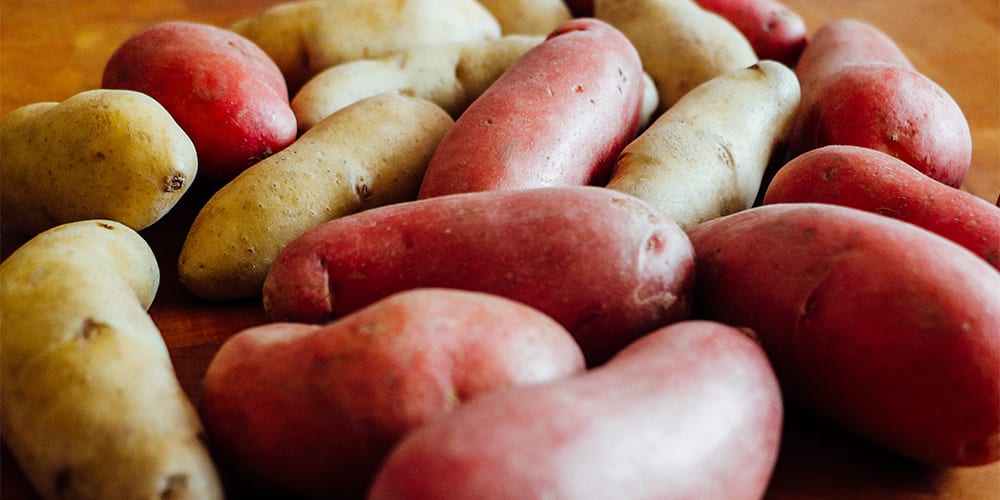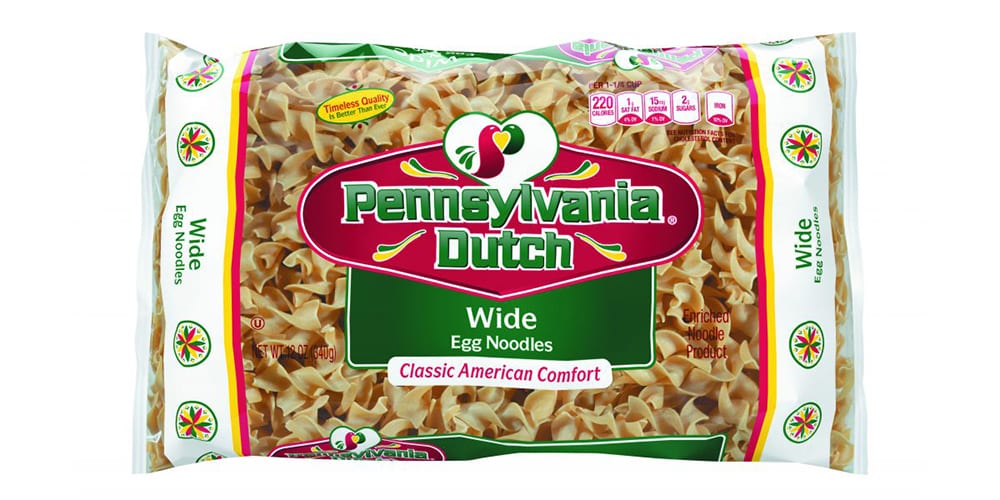Whether you prefer to pump iron in the gym or pump your legs on a treadmill, it’s vital that your body gets enough iron.
From transporting oxygen to muscles and helping build connective tissue to supporting basic cell function, iron is essential for a healthy body.
Fortunately, getting enough of this key mineral is easy when you know which foods are high in iron.
What Is Iron?
Iron is a naturally occurring mineral and an essential nutrient. This means our bodies need it to function normally but can’t produce it themselves.
Therefore it must be consumed in the diet. Luckily, lots of foods contain iron — including both meat and plant sources — as well as a variety of foods that have been fortified with iron.
Heme vs. non-heme iron
There are two main forms of dietary iron: heme and non-heme. Heme iron is found in red meat, poultry, and seafood, while non-heme iron is mainly found in plant foods.
One other key difference: Heme iron offers higher bioavailability, making it easier for the body to absorb, explains Andrea N. Giancoli, MPH, RD.
To help your body better absorb non-heme iron, pair it with animal products or plant-based foods high in vitamin C, says Giancoli.
Both work to help make non-heme iron better available for absorption.
Fortunately, your body doesn’t differentiate between how it uses heme and non-heme iron. So whether you’re a vegan or carnivore, it’s possible to get all the iron your body needs.
What Does Iron Do for the Body?
“Iron plays a necessary role in many functions within the body,” says Amy Gorin, M.S., R.D.N., owner of Amy Gorin Nutrition in the New York City area. “These include helping to create the hemoglobin that transports oxygen throughout the body, as well as playing a role in the creation of some of the body’s hormones and connective tissue.”
Iron is also necessary for growth and development, normal cellular function, and the formation of myoglobin, a protein that helps provide oxygen to muscles.
How Much Iron Do I Need?
The amount of iron you need depends on a number of factors including your age, sex, and diet.
For adult men, the recommended dietary allowance (RDA) is 8 mg per day.
Adult, premenopausal women, however, require considerably more iron — 18 mg per day — due to what’s lost to menstruation.
The RDA for vegetarians and vegans is nearly twice as high, since non-heme iron from plants offers less bioavailability.
The U.S. Food and Drug Administration (FDA) has set its own daily values (DV) for labeling of foods based on their highest RDA values.
So the DV for iron is 18 mg for Americans over 4 years of age.
Can you get too much iron?
“It is possible to get too much iron, but not typically from food,” explains Giancoli. “The gut helps to regulate iron absorption, so unless you have some kind of malabsorption in the gut, it’s very difficult to get too much iron from food.”
Iron supplements are often the culprit in rare cases of iron overload, and can cause gastric upset, constipation, nausea, abdominal pain, vomiting, and faintness.
How do I know if I have an iron deficiency?
Although iron deficiency is the most prevalent nutritional deficiency in the U.S., it’s still relatively rare.
Some groups including teen girls and women with heavy menstrual flows, pregnant women, regular blood donors, and those with cancer, heart failure, or gastrointestinal disorders face a higher risk of iron deficiency.
Research has also found that some ethnic groups such as Black and Mexican-American females face a higher risk.
“Having inadequate iron may go unnoticed unless you get blood work done,” says Giancoli.
A true iron deficiency, on the other hand, can often lead to iron-deficiency anemia and more severe symptoms, explains Gorin. “Symptoms of anemia include fatigue, pale skin, irritability, low appetite, and feelings of lightheadedness.”
Severe anemia can also lead to gastrointestinal issues, impaired cognitive function and immune function, and trouble regulating one’s own body temperature.
Ask your doctor for a blood test if you’re concerned you may have an iron deficiency.
16 Good Sources of Iron
So which iron food sources should you be consuming to keep your body functioning optimally?
According to the FDA, a food can be considered “high” in or “an excellent source” of iron if it contains 20 percent or more of the DV (3.6 mg) and a “good source” of iron if it contains 10 to 19 percent of the DV (1.8 to 3.5 mg).
Whether you’re a meat eater, a veggie lover, or both, there’s a wide variety of iron-rich foods that can help you meet your body’s daily needs.
1. Liver
Iron: varies | Serving: 3 oz., cooked
Liver may not be part of your normal weeknight dinner rotation, but you’ll get a whopping 10 mg of iron from chicken liver and 6 mg from braised beef liver.
2. Tofu
Iron: 7 mg | Serving: ½ cup, raw
This same serving of tofu also delivers 10 g of protein and 40 percent of the DV for calcium.
3. Fortified breakfast cereals
Iron: varies | Serving: varies based on density
Many breakfast cereals are fortified with 100 percent (or more) of the DV for iron. Be sure to check the label to ensure it’s low in sugar too.
4. Dark chocolate
Iron: 3.4 mg | Serving: 1 oz.
Twist our arm — an ounce of dark chocolate (70–85 percent cacao solids) is a delicious way to get 19 percent of your RDA if you’re a woman and 43 percent if you’re a man.
5. Beef
Iron: varies | Serving: 3 oz., cooked
Red meat’s a good source of iron, but the amount depends on the cut. A serving of chuck provides 3 mg of iron, while the same amount of ground beef contains 2.5 mg.
6. Oysters
Iron: 8 mg | Serving: 3 oz., cooked
Three ounces of Eastern oysters (also known as the Atlantic oyster, Virginia oyster, or American oyster) are an excellent source of iron and are off the charts in zinc content.
7. White beans
Iron: 4 mg | Serving: ½ cup, canned
A half cup of canned white beans such as cannellini or great northern beans is an excellent source of iron that also contains 10 g of protein and 6 g of fiber.
8. Morel mushrooms
Iron: 4 mg | Serving: ½ cup, raw
Look for morel mushrooms, noted for their honeycomb appearance, fresh at farmers markets in mid to late spring, or dried at your local grocery store.
9. Pumpkin seeds
Iron: 3 mg | Serving: 1 oz., dried
Not only high in iron, pumpkin seeds also boast healthy magnesium, zinc, and copper values, and contain more protein than they do carbohydrates.
10. Lentils
Iron: 3 mg | Serving: ½ cup, cooked
For added convenience, look for pre-cooked lentils in the refrigerated section of your grocery store to add to salads, sides, or soups.
11. Spinach
Iron: 3 mg | Serving: ½ cup, cooked
Popeye was on to something! Mix spinach into scrambled eggs or serve with roast chicken to help your body more efficiently use this source of non-heme iron.
12. Kidney beans
Iron: 3 mg | Serving: ½ cup, cooked
Add kidney beans to your next batch of chili, soup, or curry and you’ll not only get a good source of iron, but also 8 g of protein and 7 g of fiber.
13. Sardines
Iron: 3 mg | Serving: 3.75 oz., canned
Drain the oil and add sardines to pizzas, pasta dishes, or a homemade Caesar dressing.
14. Chickpeas
Iron: 2 mg | Serving: ½ cup, cooked
Whether you call them chickpeas or garbanzo beans, pop them in the oven with spices for a crunchy snack or make your own DIY hummus.
15. Potatoes
Iron: 2 mg | Serving: 1 large potato, baked
You’ll have to eat the whole potato (flesh and skin!) to derive its full complement of iron.
16. Enriched egg noodles
Iron: 2 mg | Serving: 1 cup, cooked
Ordinarily whole-grain pasta is preferable, but the added iron (as well as thiamin, niacin, riboflavin, and folic acid) makes egg noodles a good source of the mineral.
17. Cashews
Iron: 2 mg | Serving: 1 oz.
Roasted or raw, cashews are not only a good source of iron but also heart-healthy fats.

